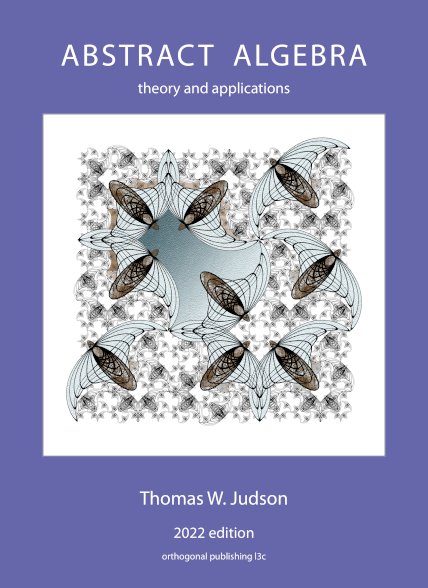Section 17.2 The Division Algorithm
Recall that the division algorithm for integers (Theorem 2.9) says that if
Proof.
We will first consider the existence of
hence, both
the polynomial
has degree less than
where
Then
with
To show that
and
If
However, the degrees of both
Example 17.7.
The division algorithm merely formalizes long division of polynomials, a task we have been familiar with since high school. For example, suppose that we divide
Hence,
Let
Corollary 17.8.
Proof.
Suppose that
and the degree of
But
consequently,
Conversely, suppose that
Corollary 17.9.
Proof.
We will use induction on the degree of
Now assume that
Let
Proposition 17.10.
Proof.
Let
We can write
is a linear combination of
To show that
Since
Finally, we must show that the greatest common divisor of
and

